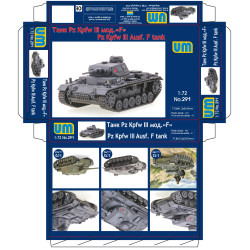Achilles IIC British tank destroyer WWII
1/72 WWII military VEHICLE scale plastic model kit
UniModels (UM) 205
Manufacturer: Universal Models / UniModels / UM (Ukraine)
Scale: 1/72
Material: Plastic
Condition: New in Box
Number of parts: 229parts + 17 photo-etched parts
The M10 tank destroyer, formally 3-inch Gun Motor Carriage, M10 was aUnited States tank destroyer of World War II based on the chassis of the M4 Sherman tank. It was numerically the most important U.S. tank destroyer of World War II and combined a reasonably potent anti-tank weapon with a turreted platform (unlike the previous M3 GMC, whose gun was capable of only limited traverse). Despite the introduction of more-powerful types as replacements, it remained in service until the end of the war. Some of those replacements were in fact modified and/or rebuilt from the M10 itself.
It was christened the Wolverine by the British, although unlike other vehicle names such as the M4 Sherman, the name was not adopted by American soldiers,who called it TD (a nickname for any tank destroyer in general) beyond its formal designation.US combined-arms doctrine on the eve of World War II held that tanks should be designed to fulfill the infantry support and exploitation roles. The anti-tank warfare mission was assigned to a new branch, the tank destroyer force. Tank destroyer units were meant to counter German blitzkrieg tactics. Tank destroyer units were to be held as a reserve at the corps or army level, and were to move quickly to the site of any enemy tank breakthrough, maneuvering aggressively to destroy enemy tanks. This led to a requirement for very fast, well-armed vehicles. Though equipped with turrets (unlike most tank destroyers of the day), the typical American design was more heavily gunned, but more lightly armored, and thus more maneuverable, than a contemporary tank. The idea was to use speed and agility as a defense, rather than thick armor, to bring a powerful self-propelled gun into action against enemy tanks.
The 3-inch Gun Motor Carriage T35 was the prototype of the M10. It was equipped with a 3-inch (76.2 mm) gun in a new sloped, circular, open-topped turret, developed from the Heavy Tank T1/M6 turret, and mounted on an early-production Medium Tank M4A1 hull.The M10 used a Medium Tank M4A2 chassis (M10A1s used M4A3 chassis) with an open-topped turret mounting a 3" gun M7. This gun fired the Armor Piercing M79 shot that could penetrate 3 inches of armor at 1,000 yards at 30 degrees from vertical. Other ammunition carried throughout its service life included the Armor Piercing Capped Ballistic Cap (APCBC) M62 projectile, High Velocity Armor Piercing (HVAP) M93 shot, and Armor Piercing High Explosive (APHE); 54 rounds of 3-inch ammunition were carried. The rear of the turret carried two large counterweights which gave it a distinctive shape. The main shortcoming of the 3 inch cannon was its APHE round, which was the round most commonly used for engaging tanks. The 3 inch APHE round was based on the naval 3 inch round and had a small charge in the rear of the round which was supposed to explode after penetration of the target's armor plating. Unfortunately it was discovered that it exploded on impact or shortly thereafter, causing the round not to penetrate. It is still a puzzling mystery as to why this problem was never addressed with a better base fuse or by deleting the small HE charge in the rear of the round. This was also the problem with the towed version of the 3 inch cannon, the M-5, in the antitank role.In its combat debut in Tunisia in 1943 during the North African campaign, the M10 was successful as its M7 3-inch gun could destroy most German tanks then in service. The M10's heavy chassis did not conform to the tank destroyer doctrine of employing very light high-speed vehicles, and starting in mid-1944 it began to be supplemented by the 76mm Gun Motor Carriage M18 "Hellcat". Later in the Battle of Normandy, the M10's gun proved to be ineffective against the frontal armor of the newer German Tiger and Panther tanks unless firing HVAP rounds,[6] but was effective against the most common tanks such as the Panzer IV medium tank and other lighter vehicles and self-propelled guns. Tank destroyer units had been supplemented with 90mm towed guns in partial anticipation of heavier German tanks, but their lack of mobility made employing them difficult. By the fall of 1944, the improved90mm Gun Motor Carriage M36 began to arrive in Europe as well. In the Pacific war, US Army M10s were used for infantry support, but were unpopular due to their open-topped turrets, which made them more vulnerable than a fully enclosed tank to Japanese close-in infantry attacks.
3-inch Gun Motor Carriage M10
Type
Tank destroyer
Place of origin
United States
Production history
Designed
1942
Manufacturer
General Motors
Ford
Produced
1942–1943
Number built
6,706
Specifications
Weight
29.6 metric tons (65,000 lb)
Length
6.83 m (22.41 ft) including gun
5.97 m (19.6 ft) hull
Width
3.05 m (10 ft)
Height
2.57 m (8.43 ft)
Crew
5 (Commander, 3 gun crew, driver)
Armor
9 to 57.2 mm (0.3 to 2.3 in)
Main
armament
3" (76.2 mm) Gun M7
54 rounds
Secondary
armament
.50 in (12.7 mm) Browning M2HBmachine gun
300 rounds
Engine
General Motors 6046 diesel (conjoined twin 6-71s)
375 hp (276 kW)
Power/weight
12.5 hp/t
Suspension
Vertical Volute Spring Suspension (VVSS)
Operational
range
300 km (186 mi)
Speed
51 km/h (32 mph)
| General Product Info | |
| Material | NOT SET |
| Scale | 1/72 |
| Type | Tank |
We have the lowest worldwide shipping. And it's totally simple.
EUROPE, USA, CANADA TURKEY, ISRAEL, EGYPT, UE CHINA, JAPAN, HK, S.KOREA | AU NZ MX South America, Asia | |
| Order weight up to 0.22kg or 0.48lb | US$ 8.90 | US$ 8.90 |
| Order weight up to 0.44kg or 0.97lb | US$ 13.95 | US$ 17.90 |
| Order weight over 0.44kg or 0.97lb | US$ 19.99 | US$ 29.99 |
| Order total over $150 | FREE | PROMO US$ 19.99 |
Shipping to some countries not qualifies for the free shipping option but costs not over $29.99 for any sized order. Sorry for that, your location is too far.
- Stock: 3
- Model: UM205
- Weight: 0.37lb
- DATE ADDED: 04/03/2014




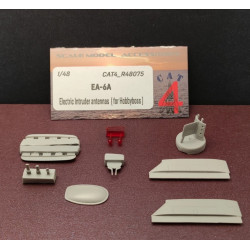

















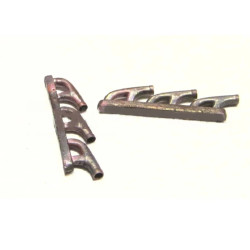










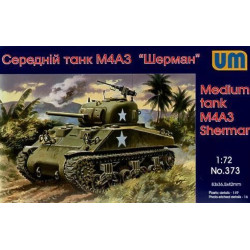









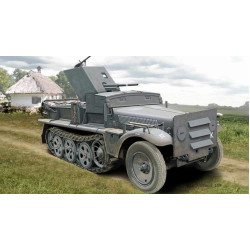





















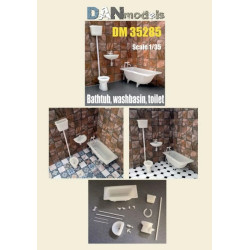










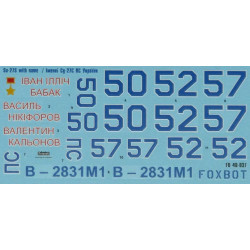





































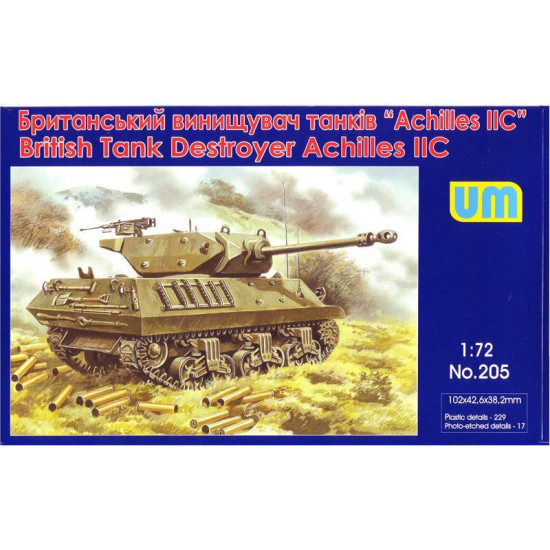


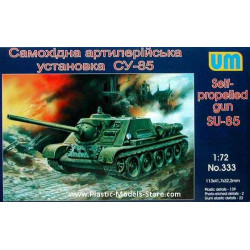






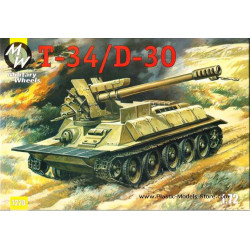























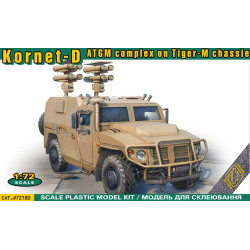





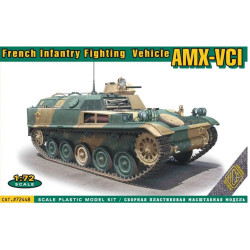

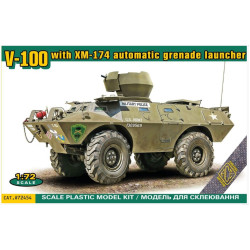

%201-250x250w.jpg)
%20scale%20plastic%20model%20kit%201-250x250w.jpg)







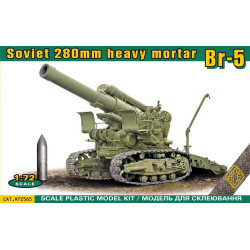

%20auf%20mZgkw%205t.1%20(1)-250x250w.jpg)
%20auf%20mZgkw%205t.1-250x250w.jpg)





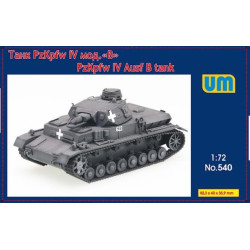


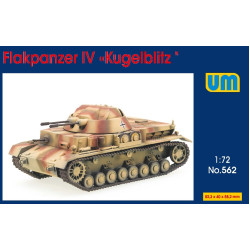










-250x250w.jpg)

